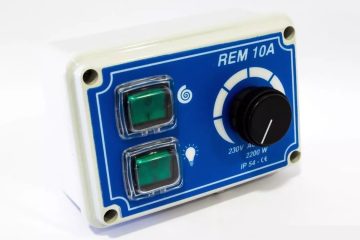Exploring the Significance of Radar Technology

Introduction
Radar technology has become an integral part of modern society, playing a crucial role in various fields including aviation, weather forecasting, and military applications. The concept of radar, which stands for Radio Detection and Ranging, involves the transmission of radio waves that can detect the distance, speed, and direction of objects. Understanding how radar works and its applications is essential in today’s technologically advanced world.
How Radar Works
Radar systems emit radio waves, which then bounce off surfaces and return to the radar system, providing crucial information about the detected object. By analyzing the return signal, radars can determine the object’s location and movement. This technology is useful in different environments, whether monitoring incoming weather patterns or guiding planes during takeoff and landing.
Applications of Radar Technology
1. **Aviation**: In the aviation industry, radar systems are vital for air traffic control. They ensure safe navigation by tracking aircraft, providing pilots and controllers with real-time information about nearby planes, weather, and potential hazards.
2. **Military**: The military employs advanced radar systems for surveillance and reconnaissance purposes. These radars help in tracking enemy movements, enhancing national security, and providing strategic advantages in conflicts.
3. **Weather Forecasting**: Meteorologists use radar to track storms, precipitation, and other weather conditions. Doppler radar technology can detect wind patterns and storm rotation, offering critical information for weather forecasting and public safety.
4. **Automotive Industry**: With the rise of autonomous vehicles, radar technology is now being integrated into cars to enhance safety. Sensors help detect nearby vehicles, pedestrians, and obstacles, contributing to accident prevention.
Recent Developments in Radar Technology
With continuous advancements in technology, radar systems are becoming more sophisticated. The introduction of phased array radar, which allows for electronic scanning and rapid target detection, has significantly improved radar capabilities. Additionally, machine learning algorithms are being integrated to enhance data analysis, enabling smarter and more efficient systems.
Conclusion
Radar technology has a profound impact on various sectors, enhancing safety and efficiency in aviation, military operations, weather forecasting, and even everyday driving. As technology evolves, we can expect further innovations in radar systems, leading to increased accuracy and new applications in diverse fields. Understanding radar’s significance is crucial for recognizing its contributions to modern innovations and future developments.









